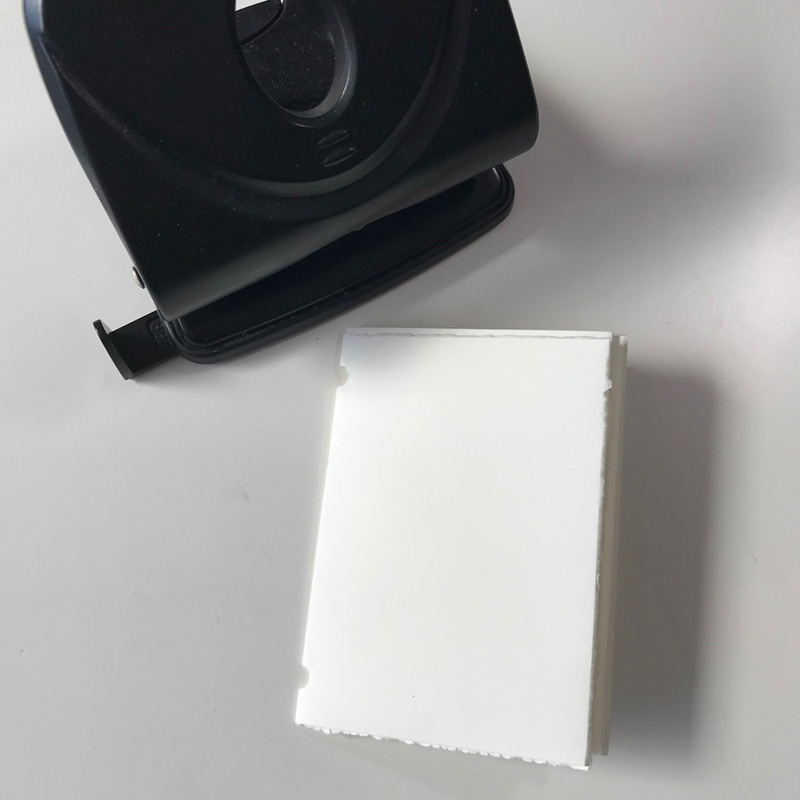From physical activity to mind-stretchers, here are some ideas to entertain the kids at home.
Get them moving
Exercise is great for your kids physically, but also has the added advantage of getting rid of all the excess energy (read: earlier bedtime).
1. Dance and freeze

Play a tune that they can all dance to. When the music stops, they’ll need to freeze. Plenty of giggles guaranteed plus it helps them practise their balance.
2. Red light, green light
Probably best done in the backyard, but can be modified for indoor play as well. Stand at the opposite end of the yard or room from your children. When you yell “Green Light”, they have to advance towards you. When you yell “Red Light”, they have to stop. Advance movements could range from running and hopping to tiptoeing. Switch roles!
3. Ball toss
This is a great hand-eye coordination game. Fill two baskets or big bowls with soft balls (you could roll socks into balls). Get your child to throw the balls from one basket to another, moving them further apart for added difficulty.
4. Wrestle
While this activity may look violent and rough from the outside, it’s actually an opportunity to teach your kids social cues and empathy if you set some good ground rules. They’ll know to respond to the other person’s cues and figure out what actually hurts and what’s just play.
Stretching their minds

“While they have all the time in the world, it’s important you encourage your kids to develop their creative side,” says Alex Wadelton, co-author of the book, The Right-brain Workout.
Alex suggests asking your children some questions that are designed to spark creative answers and shares four from his book:
- What would a butcher who only does cuts of vegetables be called?
- Do ants always run, always walk or always jog? Describe a race between the members of a colony of ants.
- If you were a tiny plastic figurine, what two tiny plastic accessories would you come with?
- There’s a creature that steals all of our socks from the washing. Draw it.
“These questions are perfect to do while sitting around the dinner table or as a fun and productive way to get them off their screens for a bit. Plus, it might just help you get in a better headspace away from all the coronavirus pressure being heaped upon all of us,” says Alex.
Play some games
If you have more than one child at home, you could them against each other in a friendly competition that will not only entertain, but help them practise dexterity and coordination.
Here are three activities you can try from Myfanwy Jones and Spiri Tsintziras’s book, Parlour Games for Modern Families, published in 2009 by Scribe.
1. Blindfolded aim
This is the game from which Pin the Tail on the Donkey was derived. You can draw or cut out pictures to pin something onto, or you can play this game simply using your finger and a mark on the wall. Suitable for children aged three and up.
Materials
- A blindfold
- A mark on a wall
- A ruler
- Optional: donkeys, tails, etc.
Method
The aim of the game is to get the closest to touching a mark on the wall when blindfolded.
- Locate a spot already on a wall: an old smear of spaghetti sauce is good, or sometimes we use the nose of a funny character on a child’s drawing that is stuck at just the right height on the laundry door. If your walls are so clean that you can’t find a mark to use, make one with pencil or chalk.
- Position the first player behind a starting line (for example, the edge of a rug), about two to three metres away from the wall. Once in position, the player is blindfolded and must now attempt to walk to the wall and use their finger to touch the spot. No groping or feeling around for corners or other landmarks is permitted.
- When the player’s finger touches the wall, they must keep it there without moving until the blindfold is removed and a ruler is used to measure the distance from their finger to the spot. Despite feeling that they’ve walked in a straight line, players will usually find they’ve swerved a little and, for some reason, fingers often end up a little higher than their intended destination.
- One after the other, each of the players is blindfolded and has their go at getting as close as they can to the spot. When everyone has had a turn, whoever’s blindfolded aim was the best wins! Sometimes, we play a match and have three goes each, and our cumulative scores are added to find a winner. It is amazing how much your aim improves on second and third tries.
If you want to be more elaborate, you can pin up a picture of a donkey, make a separate tail and have players try to pin the tail onto the donkey’s behind (Blu-Tack is somewhat safer and easier on the wall, than a drawing pin). Or, as we have done in the past, draw a web with a fly on it, and try to stick a rubber spider onto the fly.
2. Burglars

It’s hard enough negotiating obstacles when you can see, but try doing it blindfolded, like a burglar in the dark. It’s a lot of fun. Kids enjoy setting up the obstacle course almost as much as playing on it. Suitable for children aged five and up.
Materials
- A blindfold
- Whatever large and small obstacles you can gather together to make a course
- Optional: a stopwatch
Method
The aim of the game is to get to the end of the obstacle course in the fastest time, or simply to get there in one piece.
- Create an obstacle course, making it as easy or hard as you like, depending on the ages of those playing. You don’t want any broken limbs. Here are some ideas: have the course start with a blind music recital: piano, drums or whatever instrument you have to hand. For the course itself, use boxes to step over; a row of chairs to crawl along; a card table to crawl under; lengths of string tied at different levels, to either go over or under; buckets of water to dodge; a step ladder to scale, etc. Finish the course with a dish of chocolate frogs. Use your imagination—setting up the course is part of the fun.
- Once the course has been constructed, everyone gets to go through once or twice without blindfolds, before the first player steps up for the real challenge. They are blindfolded, and at “Go!” they have to negotiate their way from one end of the course to the other. A timekeeper can record start and finish times, or you can just play for fun. Other players keep a watch on the contestant’s progress to keep them safe, and they can help them out verbally when need be.
- Each player gets a turn to blindly navigate the course and, if you want to play competitively, the person with the fastest time is the winner. Hopefully, this won’t encourage them into a life of crime.
3. Hot buttered beans
This is an especially good one for small children who love the concept of getting “hotter” and “colder” as they move towards and away from the hidden object. Suitable for children aged three and up.
Materials
- Any small object
- A room with adequate clutter
Method
The aim of the game is to find the hidden object as quickly as possible.
- Agree on a small object to hide. This can be anything: an action figure, a walnut, a bottle of nail varnish. One player is sent out of the room, while the others find a really good hiding place for the object. Once they’ve hidden it, the players call out: “Hot buttered beans! Please come to supper!”
- At this, the exiled player returns and starts to search for the missing object. Throughout, the other players help, by informing the seeker if he is getting “cold”, “very cold”, “icy”, or “warm”, “warmer”, “hot”, “burning”, according to how close or far the seeker is to the object.
- Once the object has been found, it is another player’s turn to be sent out, until all the players have had the opportunity to be seeker.
- There are no winners or losers in this game.
Do a craft
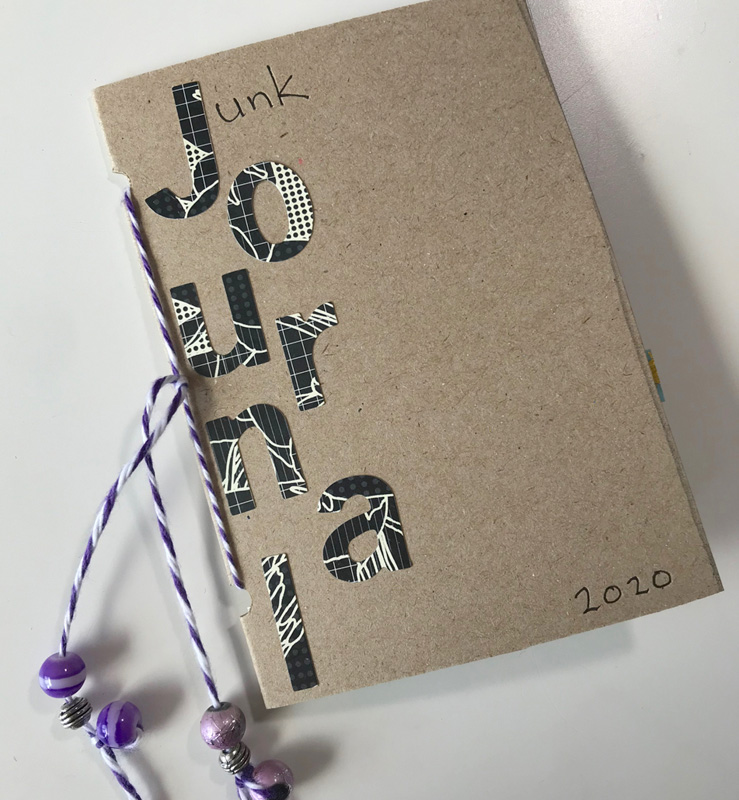
Michelle Brown is a passionate crafter who loves sharing her ideas with others. Her papercrafting and mixed media art have taken her from crafter, to craft store owner and to craft show event organiser, with five shows across Victoria, Australia each year. In this fun tutorial, she shows you how you can help your child to make their very own cereal box mini book. They can then turn this book into their own story, a journal to document their life, a mini scrapbook to share photos or share with a friend.
Materials
- Cereal box
- 1 sheet of A4 paper
- Scissors
- Hole punch
- String (40cm)
- Ruler
- Elements to decorate the mini book, such as stickers, printed photos, coloured pencils, washi tape, paint
Method
Book pages
1. Use the ruler to help fold the A4 paper in half, then tear or cut along fold.
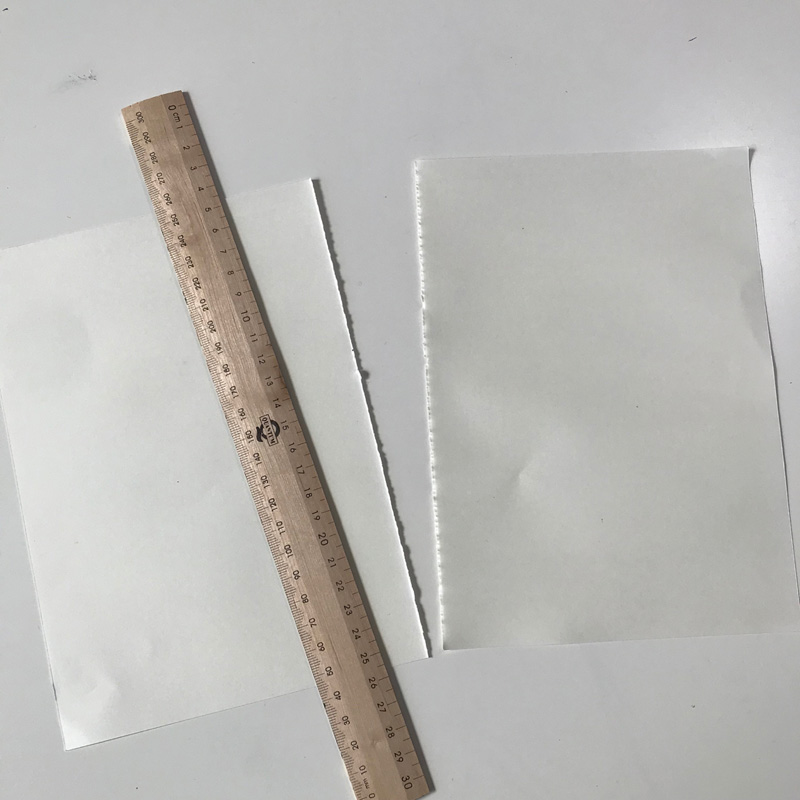
2. Fold these pieces in two and tear to end up with four pieces.
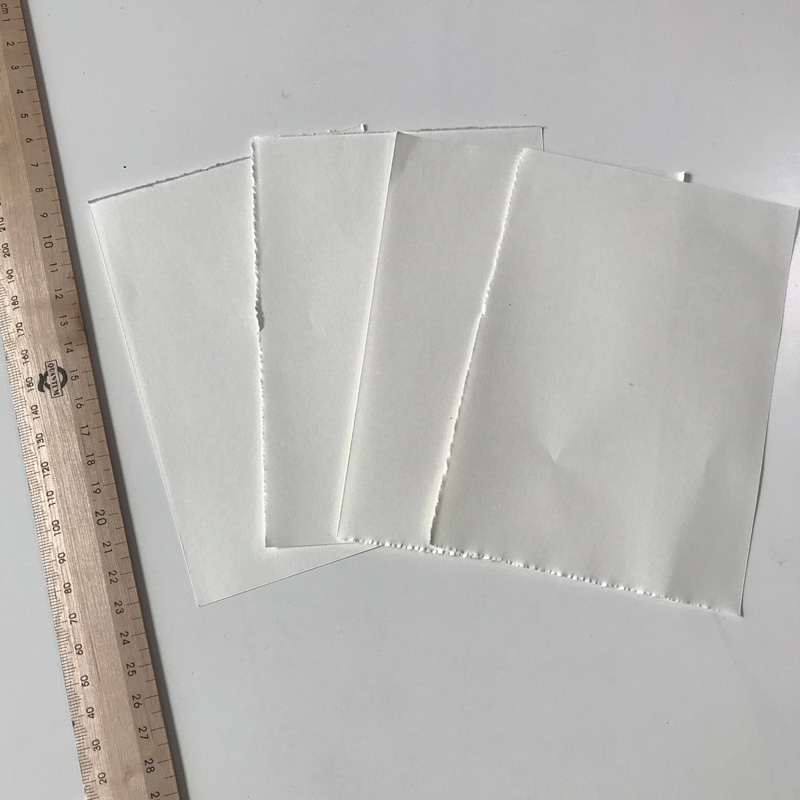
3. Fold these pieces in half again, and stack them inside each other.
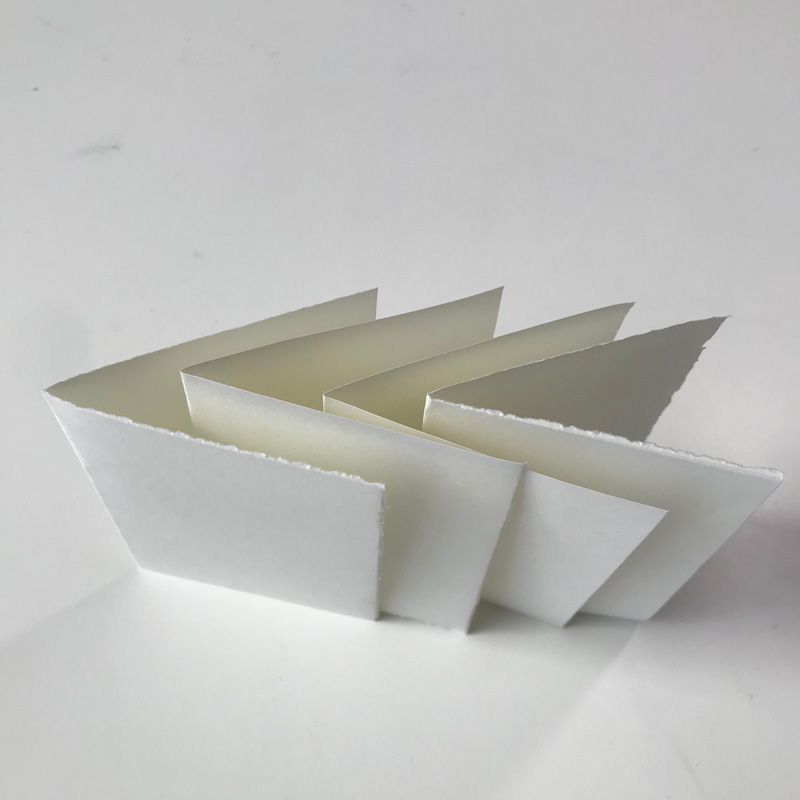
4. With the hole punch, centre top and bottom of all pages, insert page stack halfway through (many will need parents help here), punch half-holes and set aside.
Book cover
1. Find cereal box seam and open flat, cutting off flaps.
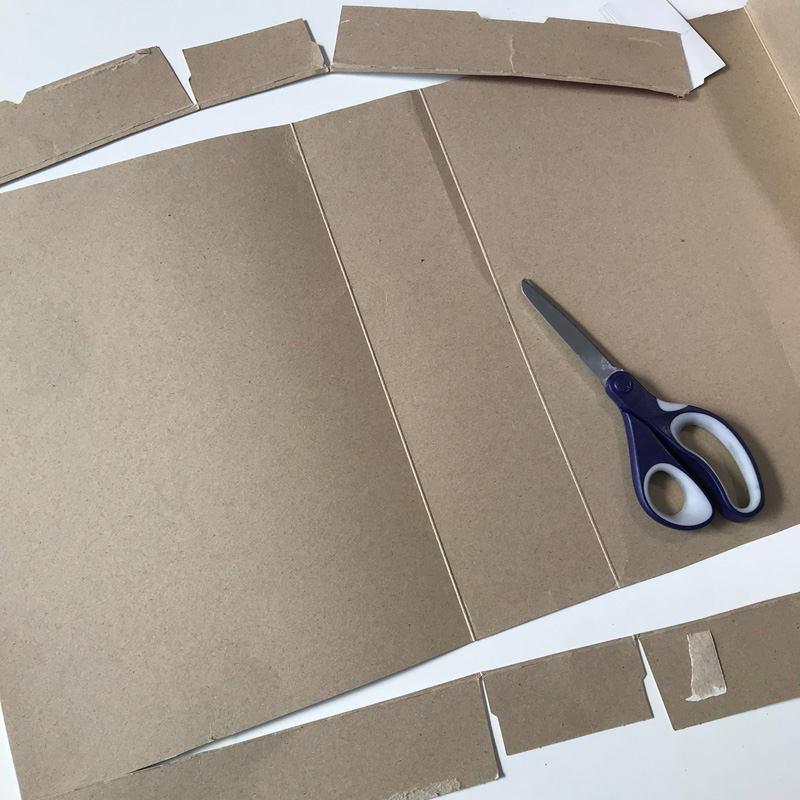
2. Place your pages on the cereal box and cut off one side of the box.
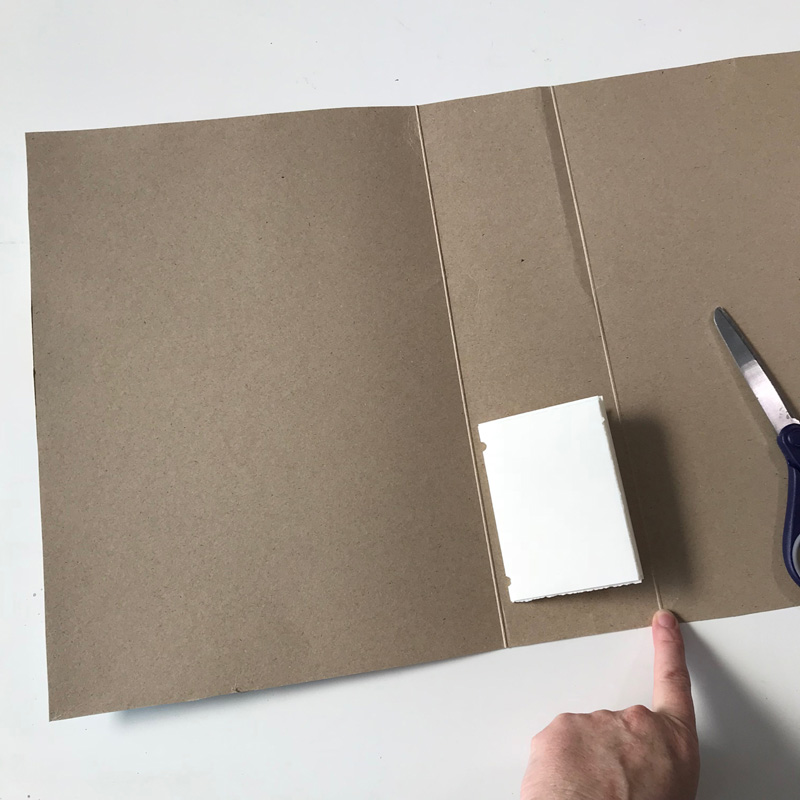
3. Use a pencil to mark around your pages, leaving about a 5mm border.
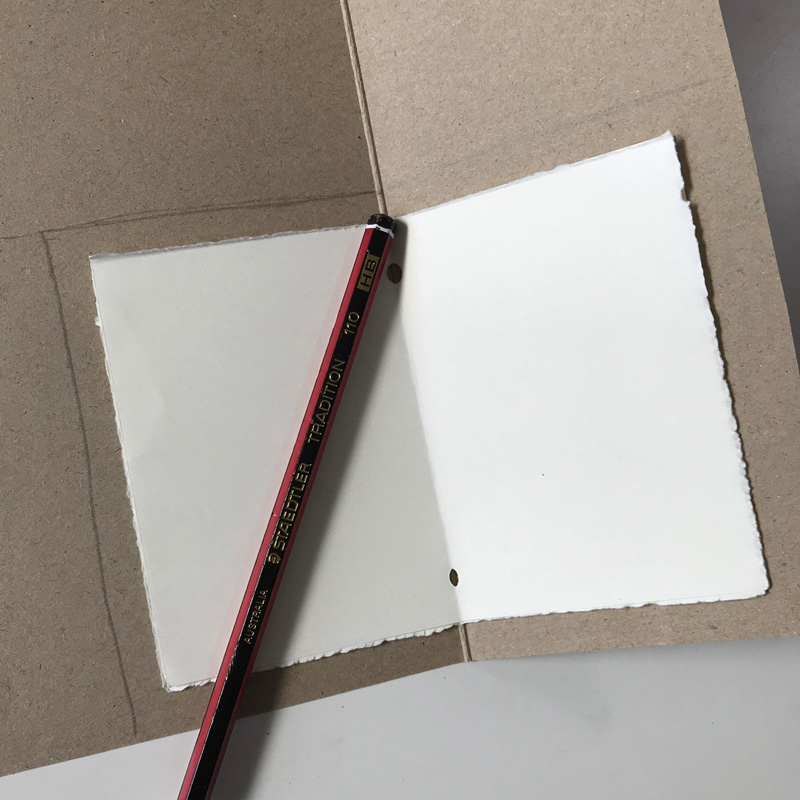
4. Cut along the pencil line.

5. Fold so that the plain side of box is facing out.
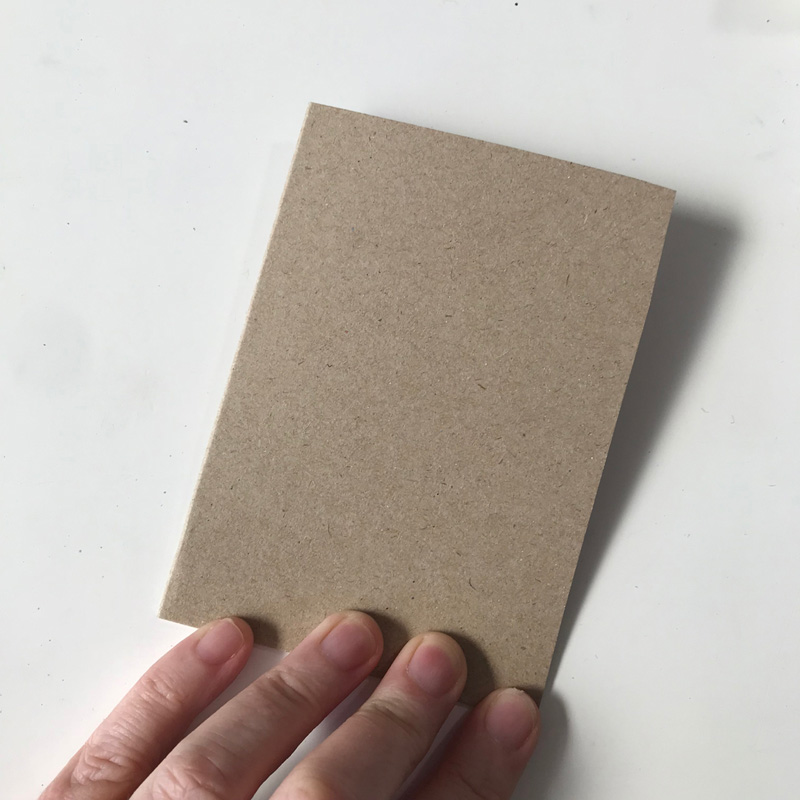
6. With the hole punch, centre top and bottom of all pages, insert cover halfway through (many will need parents help here), punch half-holes.
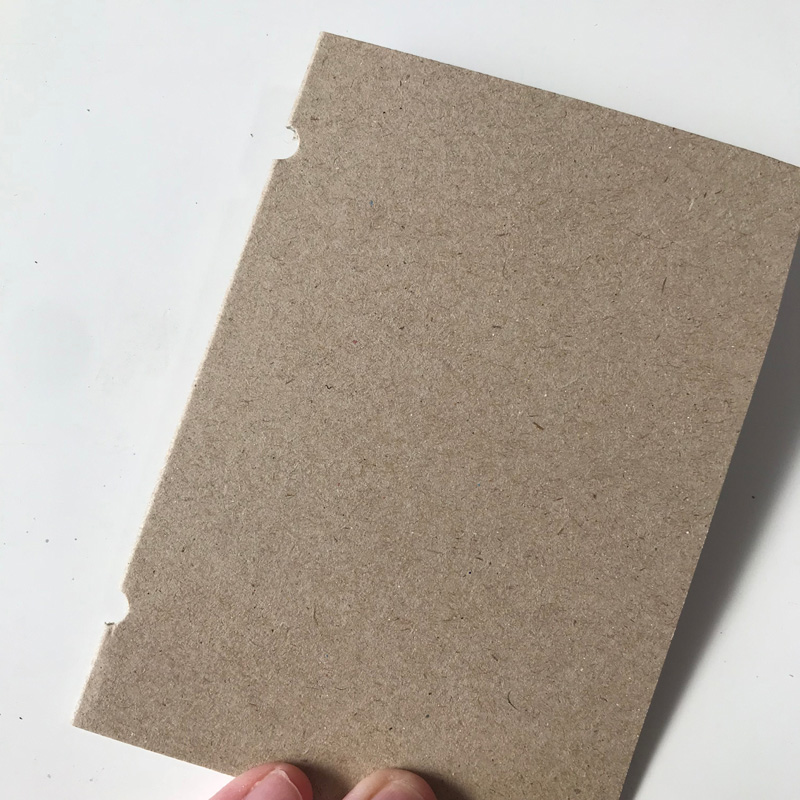
Make your book
1. Place the pages inside the cover and align holes.
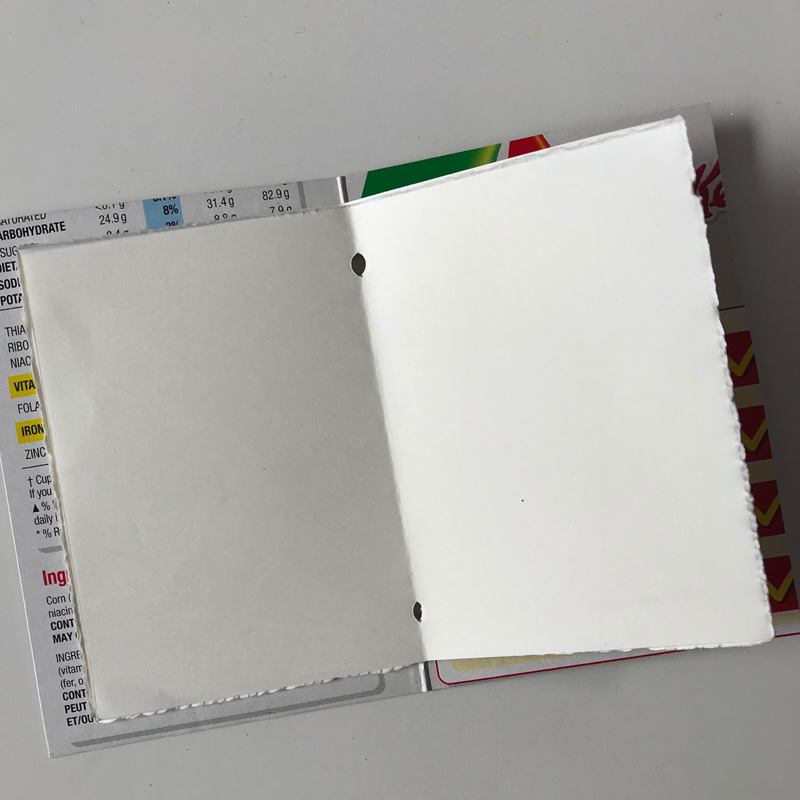
2. Cut string so that it measures three times the length of the book’s spine (about 40cm), then thread it from the outside to inside of the book.
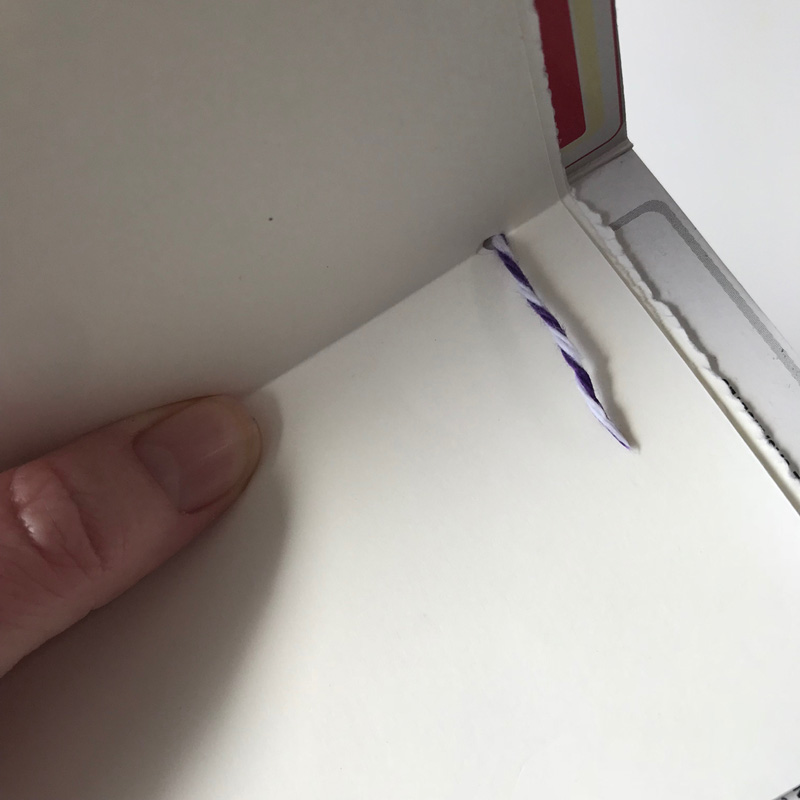
3. Pull through and out of the other hole, making sure it’s even.
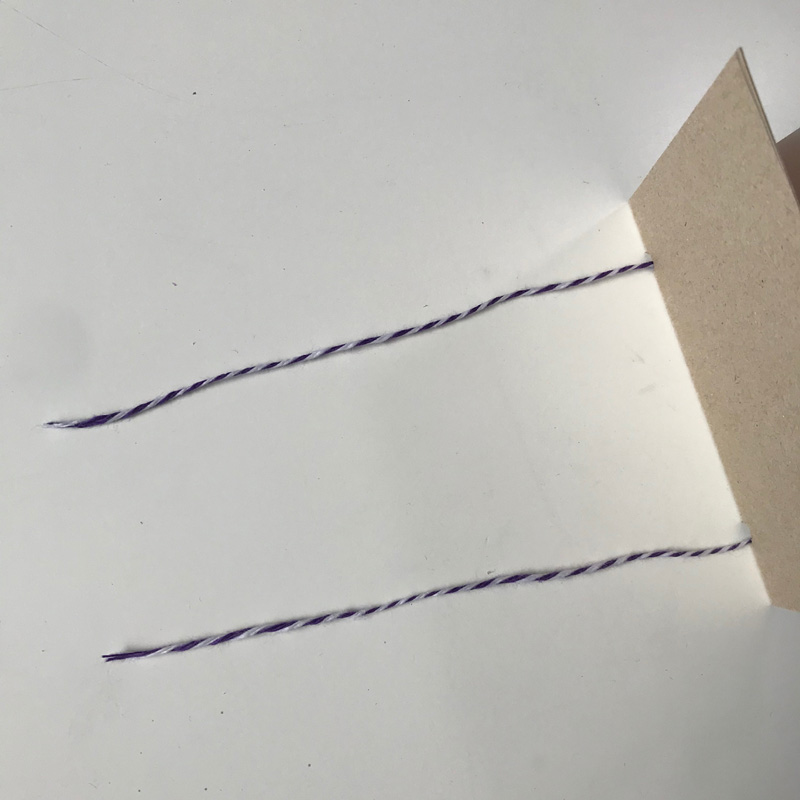
6. Either holding book between your knees or getting help, tie a knot.
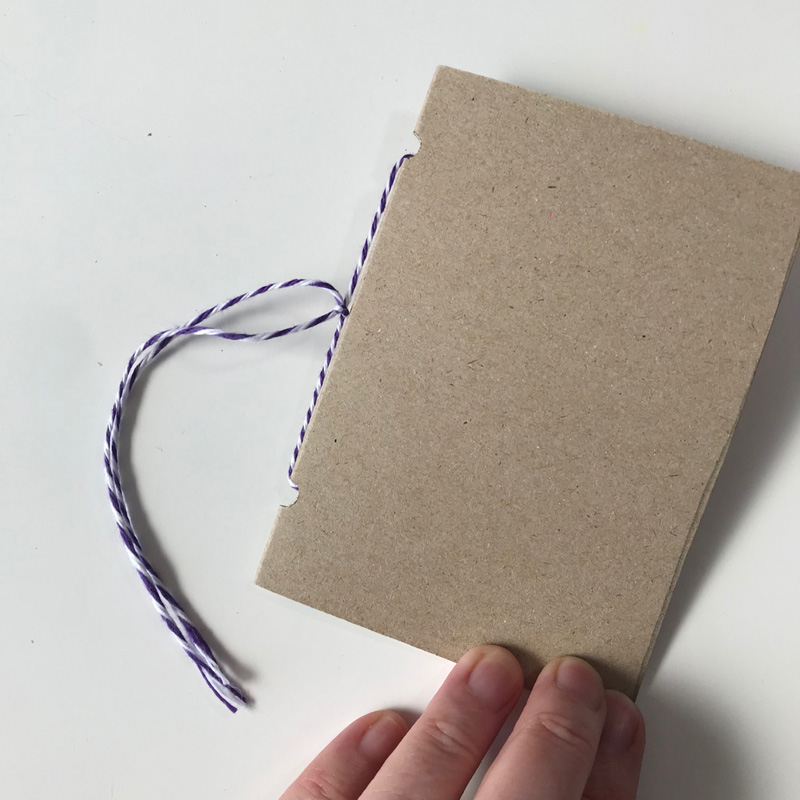
7. Your book is finished.
Decorating ideas
Add beads to string
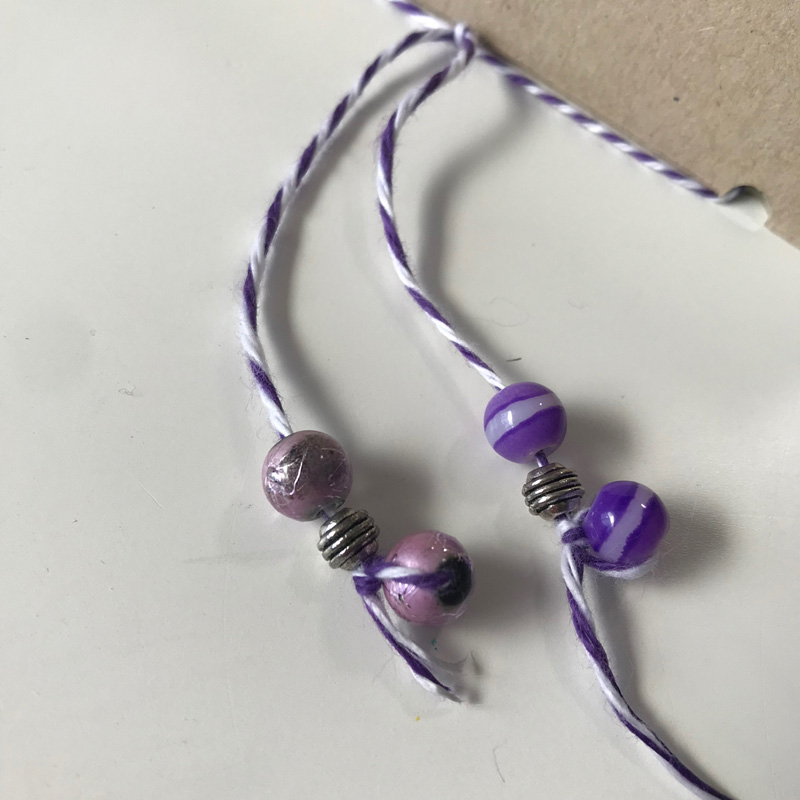
Use stickers to decorate book cover or inside pages.
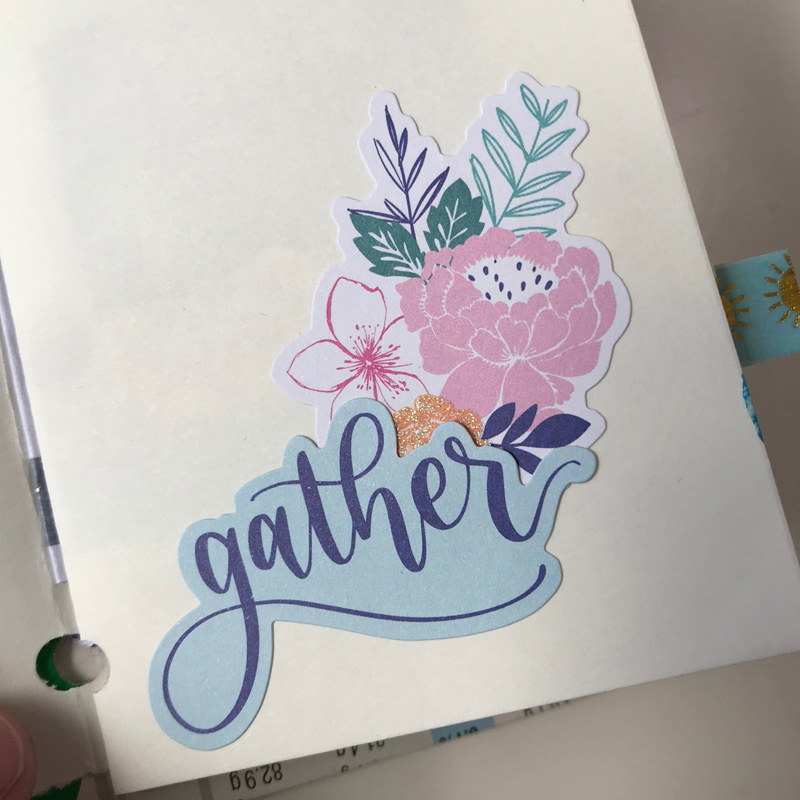
Print out photos to place in pages.
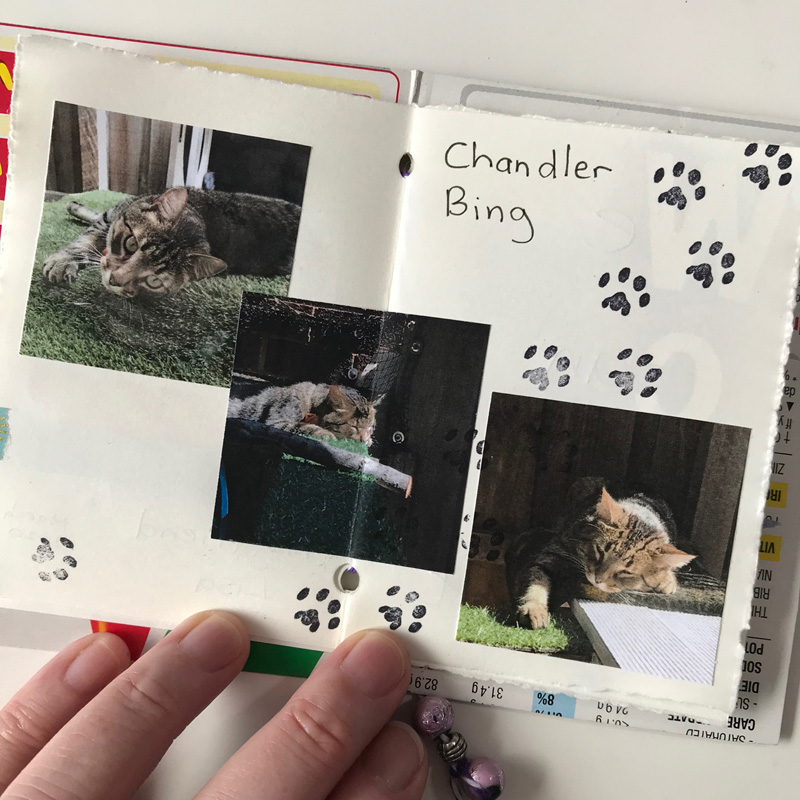
Write a journal, documenting these unusual times.
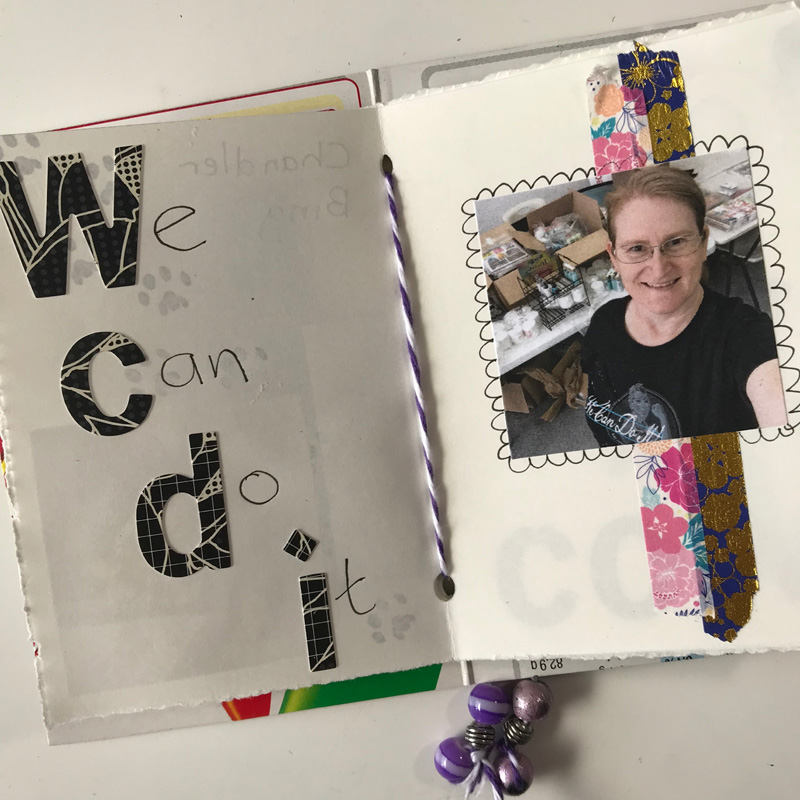
Want more?
5 easy kids’ activities to do at home
3 science-based activities to entertain the kids at home
How helpful was this article?
Click on a star to rate it!
0 / 5. 0
Be the first to rate this post!
Melody Tan
Related posts
Subscribe
Receive personalised articles from experts and wellness inspiration weekly!


